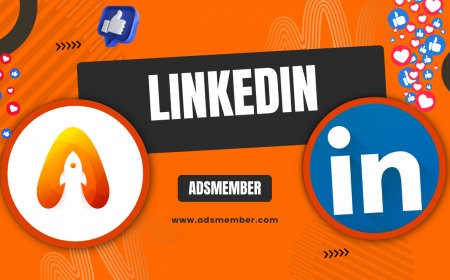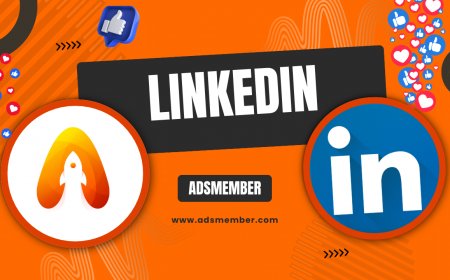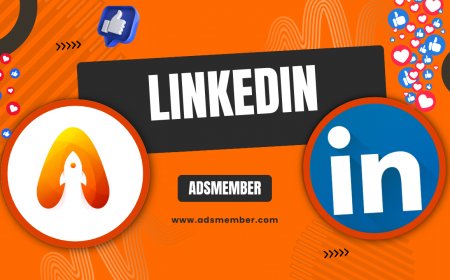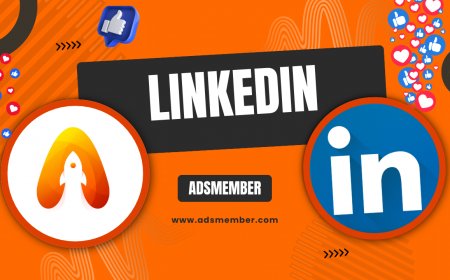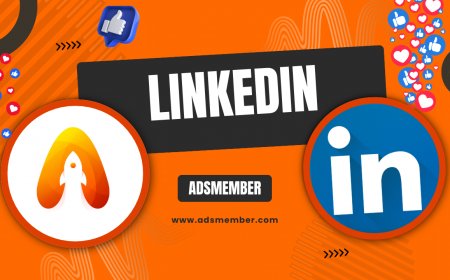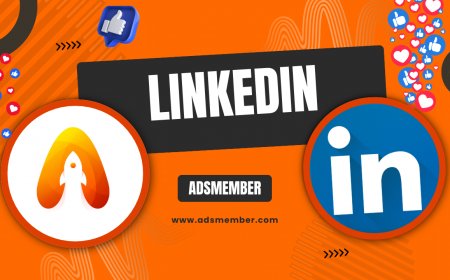When Is the Best Time to Post on LinkedIn for Engagement?
Discover the best time to post on LinkedIn for maximum engagement. Learn optimal posting times, strategies, and unique tips to boost visibility and connections.
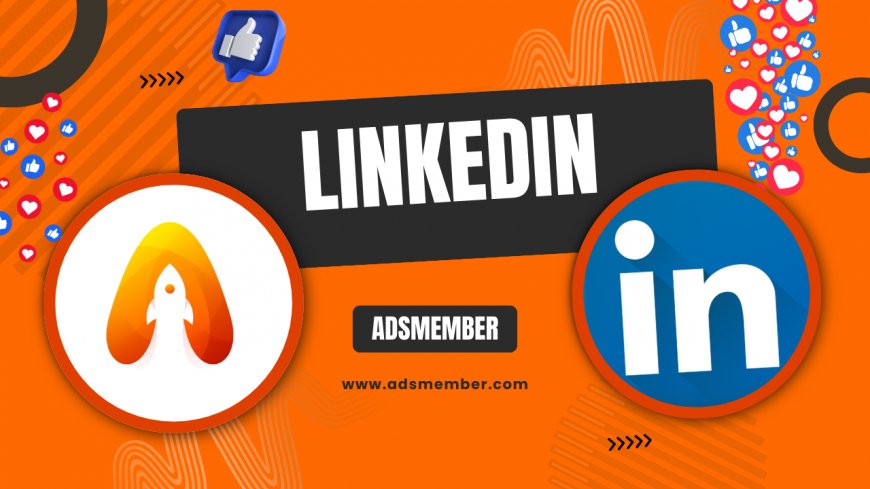
Timing is everything on LinkedIn. As a platform built for professionals, your posts need to hit when your audience is active—otherwise, they’ll get buried in the feed. I’ve spent years experimenting with posting schedules and analyzing data, and honestly, finding the best-main-smm-panel-provider-for-your-needs">best time to post on LinkedIn can transform your engagement. Whether you’re a marketer, job seeker, or business owner, nailing this can mean more views, likes, and connections. Let’s dive into the science of LinkedIn timing, backed by stats and personal insights, to help you stand out.
Why Timing Matters on LinkedIn
LinkedIn isn’t like Instagram or TikTok—its users follow stricter schedules tied to work hours. Posting when your audience is online increases the chances of immediate interaction, which signals the LinkedIn algorithm to boost your content. According to a 2022 report by Sprout Social, engagement peaks during specific windows (more on that below). In my opinion, ignoring timing is like hosting a webinar at midnight—nobody shows up.
Understanding the LinkedIn Algorithm
The LinkedIn algorithm prioritizes fresh content and early engagement. If your post gets likes or comments within the first hour, it’s more likely to appear in feeds. That’s why posting at peak times is non-negotiable. I’ve seen posts flop at 9 PM but soar at 9 AM with the same content. It’s all about catching that initial wave.
General Best Times to Post on LinkedIn
Based on data from Hootsuite and Sprout Social, the best time to post on LinkedIn is typically between 8–10 AM and 4–6 PM on weekdays. Tuesdays, Wednesdays, and Thursdays often see the highest engagement. Why? Professionals check LinkedIn during morning coffee breaks or before logging off. I’ve tested this myself, and a Wednesday 9 AM post once got 3x more views than a Saturday attempt.
Breaking Down the Days
- Tuesday–Thursday: Midweek is prime time as users are in work mode.
- Monday: Engagement can be lower due to weekly planning.
- Friday: Activity dips as people wind down.
- Weekends: Avoid unless targeting specific industries like retail.
Industry-Specific Posting Times
Not every audience follows the same clock. If you’re in tech, posting around lunch hours (12–1 PM) might work better as professionals scroll during breaks. For B2B, stick to early mornings. I once worked with a healthcare client who saw huge engagement at 7 AM—nurses and admins checking updates before shifts. Check your LinkedIn Tips for more tailored advice.
How to Find Your Audience’s Sweet Spot
Use LinkedIn Analytics to track when your followers are active. Go to your profile, click ‘Dashboard,’ and view ‘Follower Demographics.’ Test different times over a month and note engagement spikes. Pro tip: If your audience spans time zones, prioritize the majority or use scheduling tools like Buffer to hit multiple windows.
Unique Strategies to Maximize LinkedIn Timing
Here’s where I get excited—timing isn’t just about hours; it’s about strategy. Post right before a major industry event or webinar announcement when buzz is high. I’ve also noticed that posting 15 minutes before the hour (like 8:45 AM) catches people pre-meeting. It’s a small tweak, but it’s worked wonders for my clients.
Pair Timing with Content Type
Thought leadership posts do best in the morning when minds are fresh. Quick polls or questions thrive in the afternoon for casual engagement. I once posted a poll at 4 PM on a Wednesday asking about remote work tools—got 50+ responses in hours. Match your content vibe to the time.
Pros and Cons of Strict Posting Schedules
- Pros:
- Consistency builds audience habits.
- Higher chance of hitting peak engagement.
- Easier to track performance with set times.
- Cons:
- Can feel robotic if overdone.
- Misses spontaneous trends or news.
- Time zone differences can limit reach.
Tools to Automate and Optimize Posting
Manually posting at 9 AM every day isn’t practical. Tools like Hootsuite or Buffer let you schedule posts for optimal times. LinkedIn’s native scheduling feature (available for Pages) is also handy. I’ve used Buffer for years—set it up with this bufferapp.com guide if you’re new. Just don’t over-rely on automation; check comments manually to stay human.
Case Study: Boosting Engagement with Timing
A B2B client of mine struggled with low post reach. We shifted their posting from random times to Tuesday–Thursday at 9 AM, based on LinkedIn Analytics. Engagement rose by 40% in two months, with comments doubling. We also added a 5 PM slot for lighter content like team updates. Honestly, seeing those numbers climb felt like a win. Timing was the game-changer.
Data Snapshot: LinkedIn Engagement by Day
| Day | Peak Engagement Time | Average Engagement Rate |
|---|---|---|
| Tuesday | 8–10 AM | 3.5% |
| Wednesday | 9 AM & 5 PM | 3.8% |
| Thursday | 8–10 AM | 3.4% |
| Friday | 9 AM | 2.9% |
Source: Adapted from Sprout Social 2022 Report (Sprout Social)
FAQ: When Should I Post on LinkedIn?
The best general times are Tuesday to Thursday, 8–10 AM or 4–6 PM. However, use LinkedIn Analytics to confirm your audience’s active hours. Test different slots over a few weeks to see what sticks. Midweek mornings often work for most industries.
FAQ: Does Posting on Weekends Work on LinkedIn?
Generally, no. LinkedIn users are less active on weekends since it’s a professional platform. Exceptions exist for industries like retail or hospitality. I’ve seen weekend posts flop unless tied to a trending event—stick to weekdays for safety.
FAQ: How Often Should I Post on LinkedIn?
Quality over quantity. Aim for 3–5 posts per week to stay visible without spamming. I’ve found that one strong post on peak days (like Wednesday) can outperform daily weak content. Focus on value and timing over frequency.
What's Your Reaction?
 Like
0
Like
0
 Dislike
0
Dislike
0
 Love
0
Love
0
 Funny
0
Funny
0
 Angry
0
Angry
0
 Sad
0
Sad
0
 Wow
0
Wow
0




































